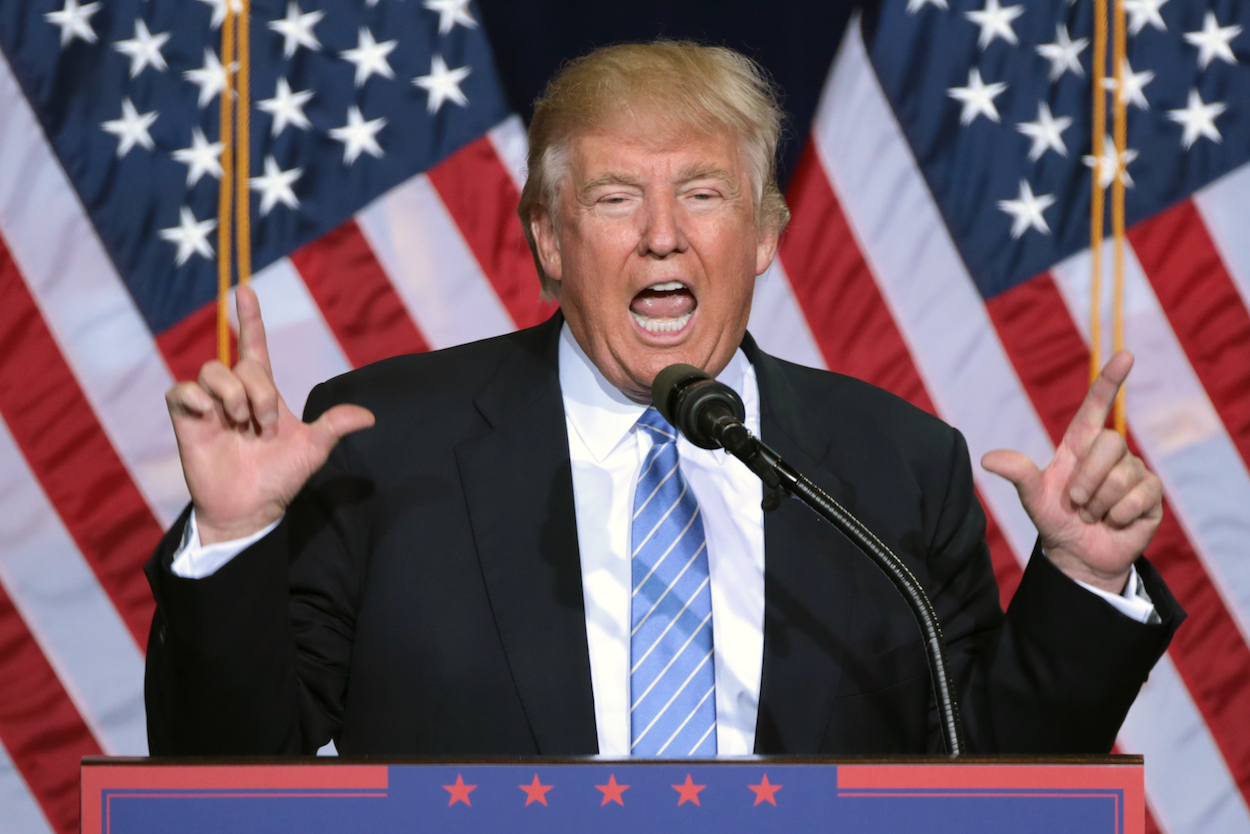by Brian Hioe
語言:
English
Photo Credit: Department of Defense
THE CHINESE SEIZURE of an American underwater drone in the South China Seas has provoked much controversy in recent days, with many seeing this an unprecedented act of Chinese aggression. Notably, the American drone was not in Chinese waters at the time of its seizure, but the territorial waters of the Philippines. While it is reported that the drone was commercial in nature, primarily monitoring ocean conditions, and did not contain anything except off-the-shelf technology, China aims to depict its actions as defense of its territorial sovereignty, with the suggestion that the American drone was conducting spying operations.
It remains unknown as to what was the impetus for the drone seizure. Some have drawn connection to American president-elect Donald Trump’s recent phone call with Taiwanese president Tsai Ing-Wen as having prompted retaliation. This may be a contributing factor.
But, likely, the drone seizure was also in part prompted by recent Tweets by Trump attacking China for the militarization of South China Seas islands and artificial island-building in the South China Seas to bolster China’s territorial claims in the South China Seas. With the view that both South China Seas islands and Taiwan represent integral parts of Chinese territory, China very likely sees itself as under attack from the incoming Trump administration on multiple fronts where its territorial sovereignty is concerned. The seizure of the drone within the territorial waters of the Philippines may be a product of increasing naval cooperation between China and the Philippines, in line with Filipino president Rodrigo Duterte’s attempt to shift the Philippines away from America and towards military alliance with China.
 Donald Trump. Photo credit: Gage Skidmore
Donald Trump. Photo credit: Gage Skidmore
The drone seizure could, of course, have come out of a decision made by an overzealous, low-ranking navy official. Nonetheless, China may see itself as having to make a show of force to push back against the Trump administration. Accordingly, in recent weeks China has undertaken a new wave of fortifying military fortifications in the South China Seas which may be in anticipation of future standoffs with America or American allies regarding China’s territorial claims over South China Seas islands.
We may note that this incident is further illustrative of how Donald Trump’s off-the-cuff Tweets touching on American foreign policy have the potential to heighten tensions with China going forward, and may continue to do so for the next four years. Indeed, although China stated that they will return the drone in an appropriate manner, Trump would further comment on Twitter that his view was that they might as well keep the drone. If so, that may make the situation worse. While Trump’s comment about China keeping the drone was likely meant as a show of bravado, it could easily be perceived as an indication of weakness, and embolden further action by China. Irresponsible comments by Trump, whether on domestic or foreign policy, are nothing new.
Some foreign affairs commentators have reacted in an overly surprised manner to the drone seizure, with the claim that the drone seizure represents an act with little precedent by the Chinese navy. While this is true, this should remind us of the overly flexible definition of sovereign territory that China claims. China has demonstrated numerous times that it very likely views most of the South China Seas as its sovereign territory, despite that its claims are not backed up by history or international law. China’s drone seizure does not truly break from precedent in that regard, but merely confirms what we already knew.
 Photo credit: Public Domain
Photo credit: Public Domain
It seems highly likely that we are headed for a period of increased tensions in the South China Seas, which will probably prompt reactions from other regional actors. In line with his stance against China during election campaigning, Trump probably will not back down from his statements against China regarding Taiwan or the South China Seas islands.
Trump’s stances against China during election season were primarily economic in nature and, as with his phone call with Tsai Ing-Wen, Trump may simply be looking to score easy points against China. But a stronger stance against China in the South China Seas seems contrary to Trump’s claims that he would withdraw American troops from bases in South Korea and Japan during election campaigning. After much uncertainty, is this an indication that Trump will not pursue a troop withdrawal from the Asia Pacific?
If so, that would please treaty allies such as South Korea and Japan, who have, since Trump’s election victory, been scrambling to try and convince Trump to not be so hasty when it comes to a troop withdrawal from the Asia Pacific. That remains to be seen. But it is far too early to assume that when push comes to shove, Trump will retain American commitments in the Asia Pacific. China’s actions remain a wild card, with the possibility of increasingly emboldened moves by China, and back-and-forth between Trump and China may only serve to further increase regional tensions in the South China Seas or elsewhere.

